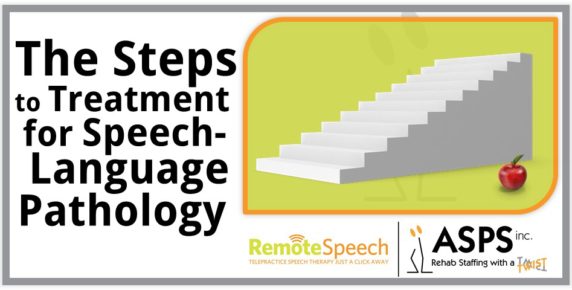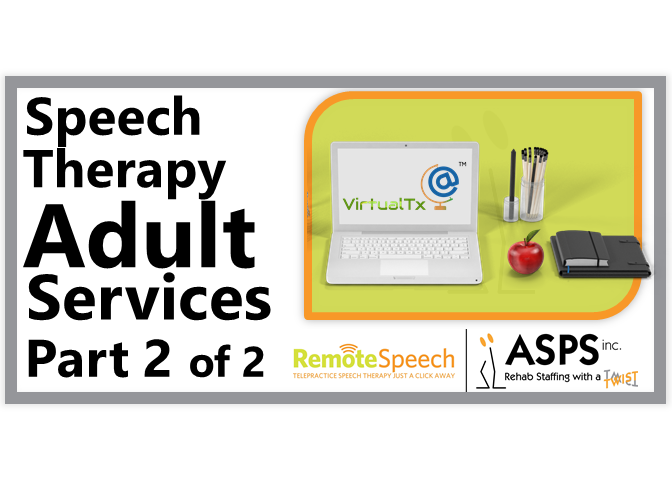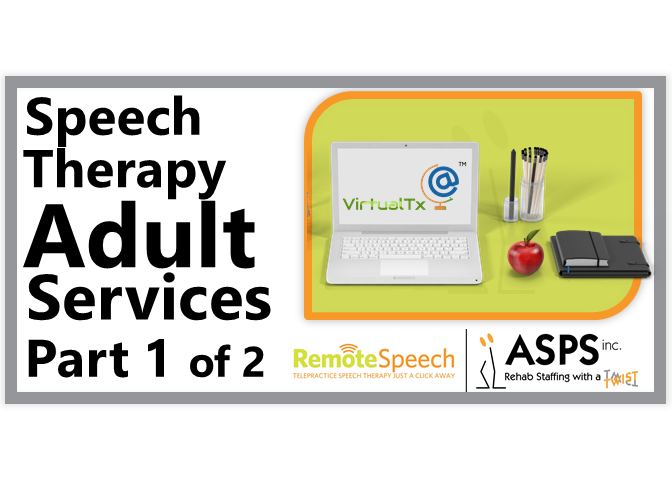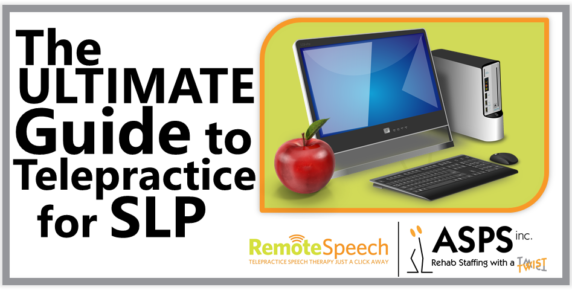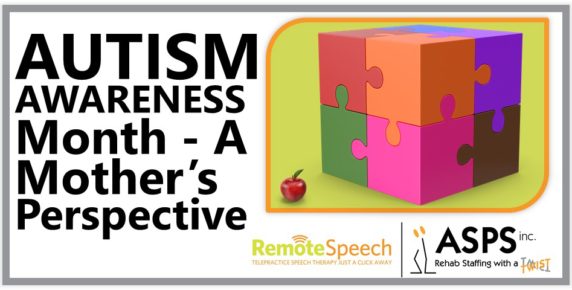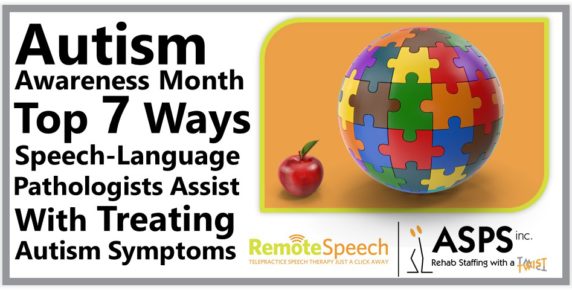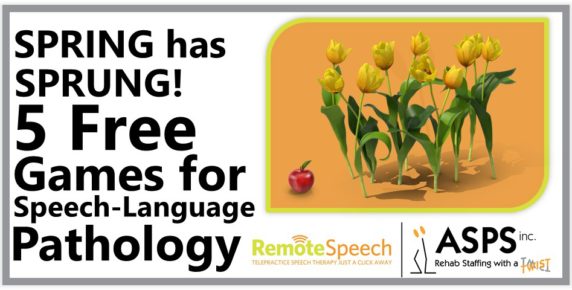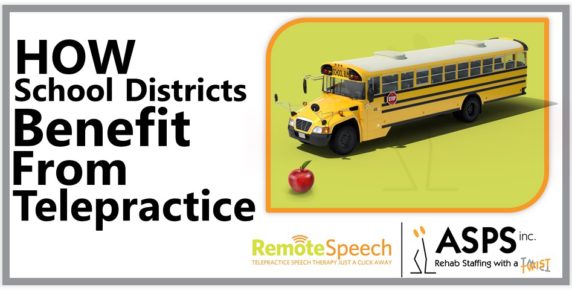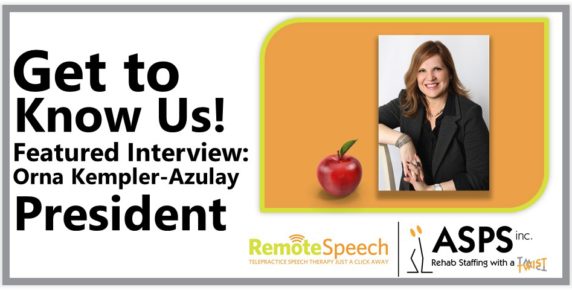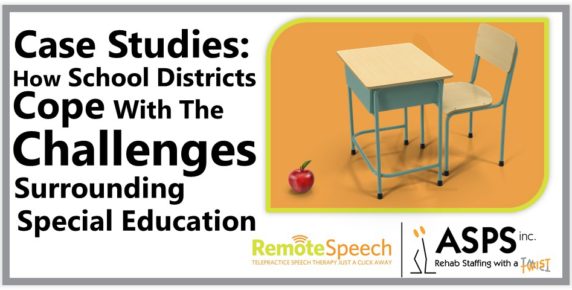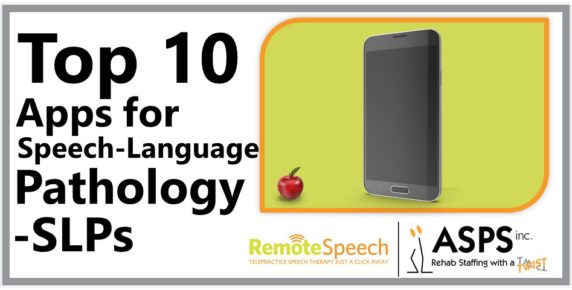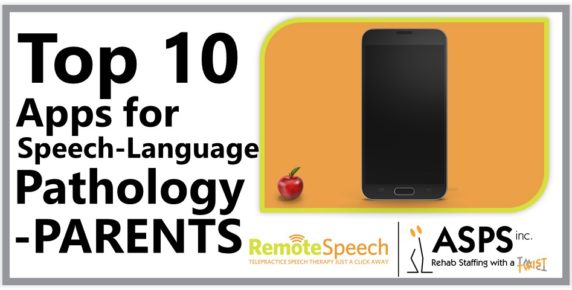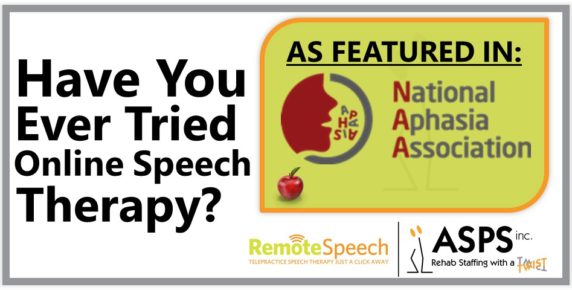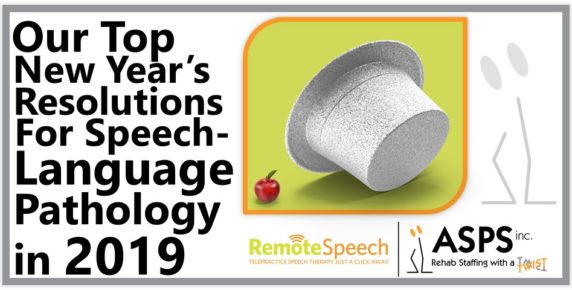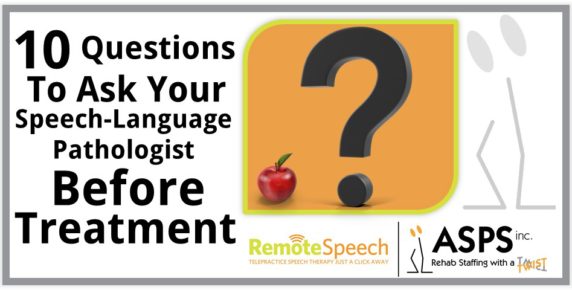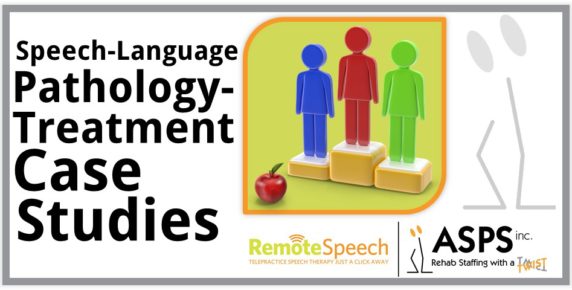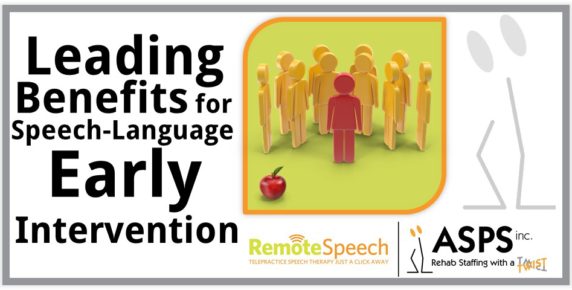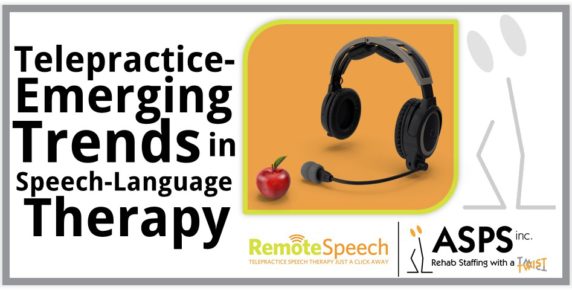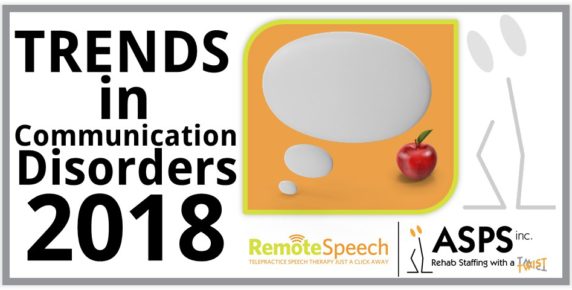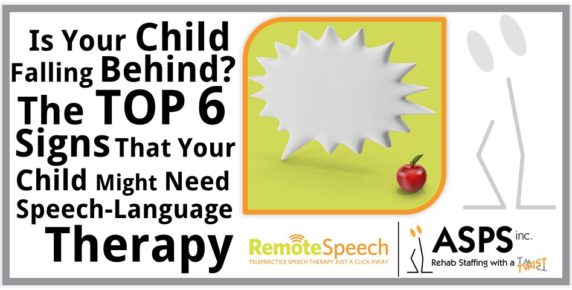Abington Speech Pathology services was born only one year after I graduated with my Master’s degree in communication Disorders from the University of the Pacific (UOP).
I always knew I wanted my own business and only really envisioned a small private clinic with 6-8 clients or patients a day and if I was lucky, I would also have a front office receptionist welcoming them.
That is not what happened at all. I started out contracting through a small agency for one of my first assignments. That already paid me more per hour then being directly employed by a school or a hospital. I knew that because my first job right out of school was at a hospital. Once I was licensed, I added a few hours every day after my employed job at the hospital by contracting. I soon realized I was earning more or the same in 3 hours contracting than 8 hours at the hospital.
Money was a factor since I was newly married, my husband was in Dental school full time and we had lots of student loans to repay.
So, I decided to contract full time but do it on my own without the help of another agency. I started to call different providers to get them to hire me as a contractor directly. I will specify that I never ever called or approached any organization or provider that was contracting with the agency that previously hired me. Being ethical and loyal is very important to me.
All of the providers that I tried to contact basically said the same thing; they only worked and signed contracts with agencies. So a week and half later, I became an agency, Abington Speech Pathology Services., INC. (ASPS, INC.).
I started my business from my house and set shop in the half finished basement. I interviewed therapists there and also saw my own clients. After about 3 years, the basement became crowded, I had a baby and I needed to move. We moved to a bigger house that had a side office with a separate entrance. Again, that was short lived (which was a good sign, we were growing) and I moved the business to a real office building. I hired a part time secretary and a director that can help me run the daily operations.
A few years later, I met up with a close friend who studied with me at UOP while visiting my parents in southern CA and after realizing she wanted a change and a job with a more supervisory role, I decided to open a branch in CA. She led that project and together we made it a profitable venture. We later also opened a pediatric outpatient clinic in Laguna Hills.
To make a long story shorter, today nearly 20 years later, we have 3 directors, 6 secretaries and over 150 therapists. Yes, it’s impressive but we needed to continue to grow. Growing a business has to always be measured by the revenue but also by the innovations.
I was not always a believer in Tele-practice or Tele- Therapy for speech therapy services. I was convinced that it cannot deliver the same quality of service as a therapist sitting in front of his/her patient/client. After all, speech is communication and communication needs to be done face to face, especially for someone who has a disorder or delay, right?
It took me at least 5 years to decide that is not necessarily true.
These are some reasons why I think differently about speech tele-therapy:
- Kids and adults communicate via an electronic platform regularly.
- Electronic transmission has improved and can be transmitted with minimal delay.
- Kids as young as 2 can manipulate a tablet or computer.
- Kids with Autism and other delays at times prefer an electronic modality over the traditional one.
- Tele practice solves the current shortage of therapists in rural and areas where therapist do not want to travel to due to safety, location and cost.
My next step was to get a platform and the new REMOTESPEECH division set up and launched. It took me about 8 months to get all the pieces of the puzzle together.
- Another website (www.remotespeech.com)
- A professional infomercial for the website and marketing distribution.
- Marketing and advertising materials
- Sales professional
- Set up and link the designated platform.
- Business plan
- Additional recruiting plan
The new baby was ready to be showcased to the world. RemoteSpeech was launched and piloted with a charter school using two clinical directors to make sure we work through all of the kinks and smooth them all out.
The students love it and have received uninterrupted therapy. They received their therapy by logging onto their tablet, in this case, I Pad. Once they logged on, the therapist on the other end took over, shared screen, and gave the student the remote control of her screen. The therapist can also do live online speech assessments since the different material distributors now sell the evaluations materials in an online version.
This particular school is located in center city Philadelphia with parking always being an issue, being remote helped with the cost of traveling there and parking.
Kids were seen in groups of 2 or 3 and sometimes were logging on while sitting in different floors of the school, yet participated together in the session.
The American Speech and Hearing Association (ASHA ) reports, “Telepractice is an appropriate model of service delivery for audiologists and speech-language pathologists. ASHA requires that individuals who provide telepractice abide by the ASHA Code of Ethics, including Principle of Ethics II, Rule B, which states, “Individuals shall engage in only those aspects of the profession that are within their competence, considering their level of education, training, and experience” (ASHA, 2010).
Seeing that more and more states are realizing that this a comparable method and modality to provide speech therapy allows us as providers to feel confident and move ahead to incorporate this newest platform as another way we can further help those with communication deficits.
Adults can also benefit from RemoteSpeech. Let’s think of all of those adults who may have experiences a stroke, TBI, illness that affected their cognition. They start out receiving their initial speech services in the hospital, then they probably move onto a rehab facility, then home care. Now, they are done but still can benefit from rehab services such as speech. If we are able to set them up with a tablet or computer and with some initial assistance from a caregiver, we can provide that needed help without having them leave the comfort of their own home.
Some states have passed laws that make insurance companies reimburse their patients for teletherapy some are still not there yet. Tele therapy is just another way to get the much needed services to those clients that cannot get them.
Therapists still have to maintain the same certifications and licensure requirements. The therapist providing the online live therapy must have a license in the same state the patient or client resides. There are many therapists who possess a few licenses from different states and can see clients from those different states on the same day without spending time or money on travel.
I always joke and say that they only need to invest in nice tops since no one will be seeing their bottom half.
As per ASHA, “Current guidance in medical and legal practices indicates that the client’s/patient’s location determines the site of service. As a result, telepractitioners must be licensed in both their home states and in the states in which the clients/patients reside. Recognizing that this can be a burden to practitioners and a barrier to the growth of telepractice, ASHA is encouraging state licensure boards to consider less restrictive alternative models of licensure. Civilian employees of the Department of Defense and the Department of Veterans Affairs may not be bound by the same licensing requirements. Confirm the specific licensing requirements for your circumstances.”
http://www.asha.org/PRPSpecificTopic.aspx?folderid=8589934956§ion=Key_Issues#State_and_Federal_Laws_and_Regulations
It is very important to understand that teletherapy is speech therapy! The therapist is the same and so is the patient therefore the rules are the same. It is important to maintain professionalism, confidentiality and the code of ethics as one is required to by the state and the federal guideline.
“Clinicians providing services via telepractice are bound by federal and state regulations as they would be when providing in-person services. Federal legislation about privacy and security for covered entities include the Health Insurance Portability and Accountability Act of 1996 (HIPAA; U.S. Department of Health and Human Services [HHS], n.d.), the Health Information Technology for Economic and Clinical Health Act of 2009 (HITECH; HHS, n.d.), and the Family Educational Rights and Privacy Act of 1974 (FERPA; U.S. Department of Education, n.d.). States may also have privacy or security requirements that are more stringent than federal requirements. (See Health Insurance Portability and Accountability Act for general information about HIPAA. See also HIPAA Security Rule: Frequently Asked Questions, HIPAA: Electronic Data Interchange (EDI) Rule, and HIPAA Security Technical Safeguards.)
In conclusion, this an exciting time with technological breakthroughs allowing us to continue to grow and evolve in our field.

